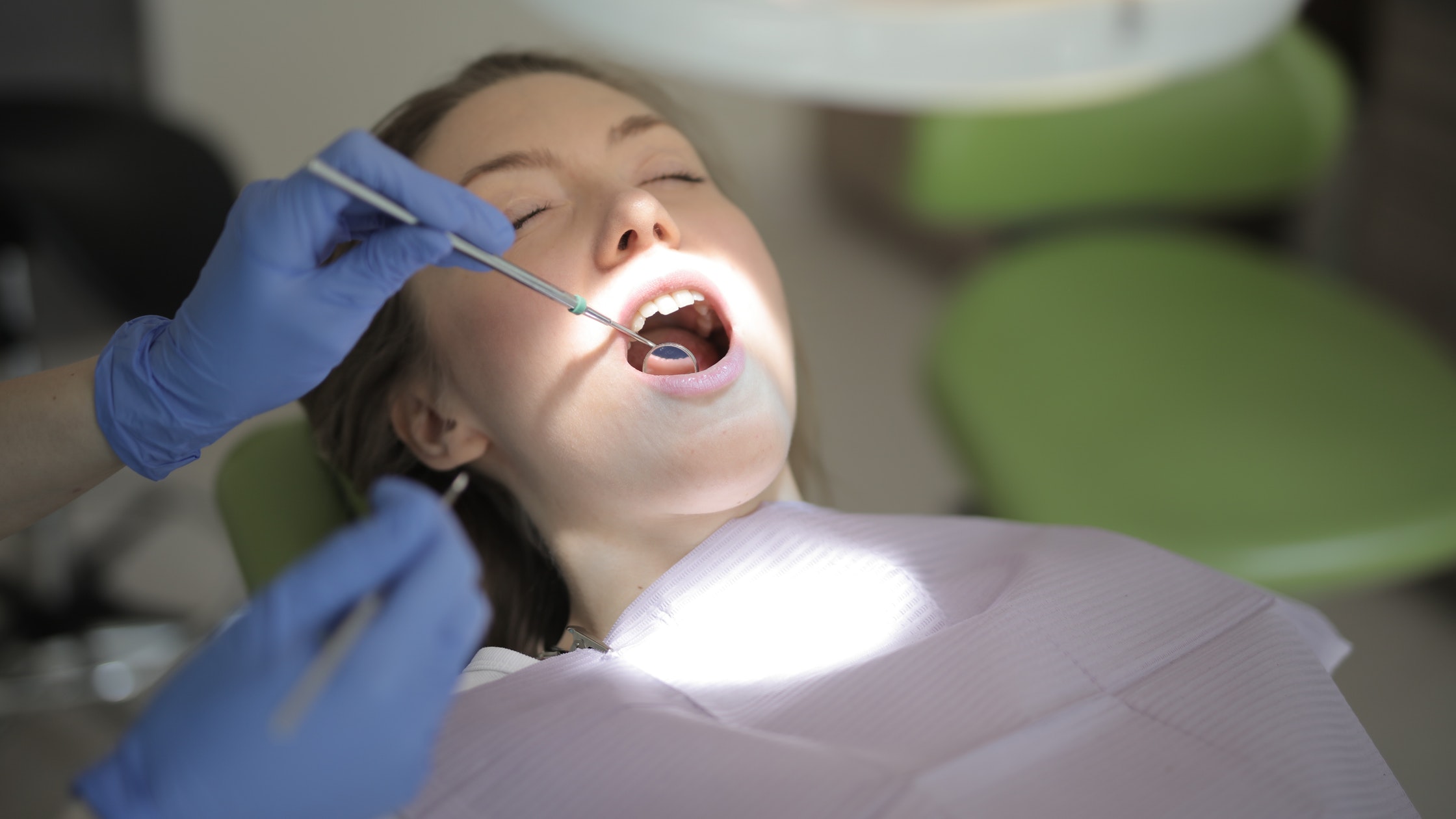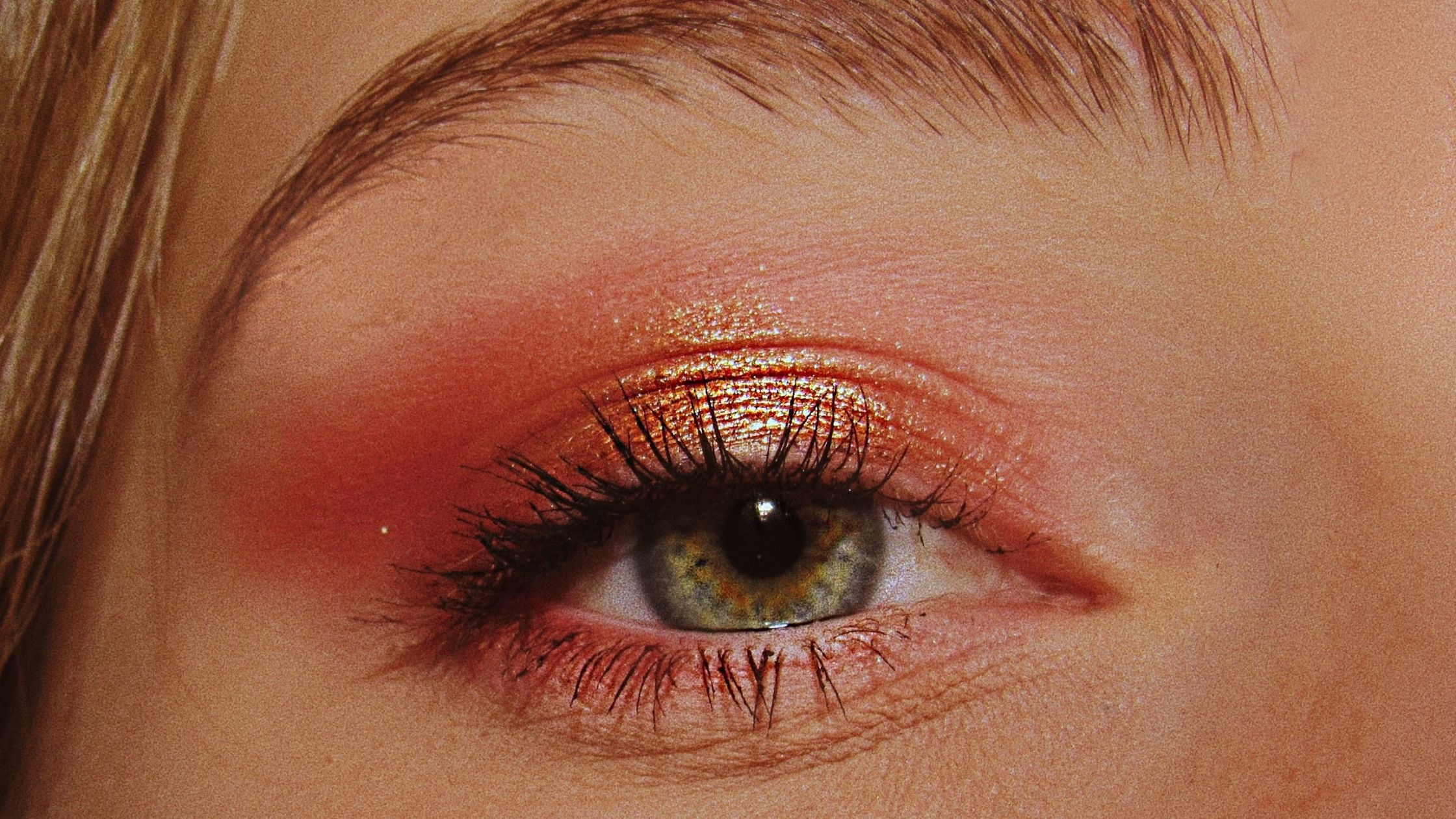Cavity and stain are two terms that refer to dental flaws. But you may be unaware of how to spot the difference between these two dental flaws.
If your dentist has identified that one of your teeth has a cavity, or if you notice tooth decay, it’s important to understand what you’re looking at so you can get the issue fixed before it gets worse.
Luckily, cavity and stain are no difficult topics to understand. So, if you are one of the many confused individuals when it comes to identifying these two dental flaws, then the following article will give you the lowdown on what they are, how they are caused, and how they should be treated.
What Is A Tooth Cavity?
A cavity results from a buildup of plaque and tartar that eventually leads to tooth decay. A cavity is a permanently destroyed area within the tooth that must be filled to prevent bacteria and other germs from getting inside our body.
It is an opening that allows bacteria to enter the tooth and cause rapid decay. There are two types of cavities, the first one being a decayed cavity and the latter one being a lesion cavity. Lesion cavities are less pronounced than other cavities as they are more challenging to spot with the naked eye.
It is important to know that dead bacteria and food particles collect on your teeth every time you floss or brush your teeth. It is what causes plaque buildup, which in turn leads to dental decay. Eventually, plaque becomes hard, and tartar is formed on it.
However, cavity and tooth decay are some of the worst dental conditions as it leads to severe problems in your mouth and body. Cavities can be very painful to the touch. A cavity can also damage the root of your tooth and weaken it, leading to gum disease.
The cavity is especially common among older people and children as their teeth are more sensitive to plaque and tartar formation.
What Are Tooth Stains?
Tooth stains are extremely common. A stain is an area on the tooth that contains excess saliva and food debris that has not been brushed away properly. Tooth stains can appear very suddenly due to a cavity or tooth decay.
Tooth stains can also appear due to periodontal diseases and halitosis. Another term for tooth stains is tooth discoloration. The teeth that have been discolored due to tooth stains can appear lighter, darker, or in different shades of color.
Dental stains are found in 70-75 percent of adults. Discolored or stained teeth can be embarrassing if they make unwanted appearances during social gatherings and professional meetings. This dental issue can also cause a very negative impression of you, affecting your self-esteem.
What Are The Symptoms Of A Tooth Cavity And Tooth Stains?
A cavity is characterized by a hole in the tooth that is caused by bacteria and decayed food debris. A cavity will usually start at the base of your teeth and then slowly move up towards the surface of your teeth. Eventually, the hole will continue to get bigger and bigger until it extends through your entire tooth. However, a few prominent symptoms of a tooth cavity are:
- The area will feel sensitive to touch.
- Persistent toothache that causes difficulty with swallowing, talking, and even sleeping.
- A bad taste in your mouth.
- A Hole or dark spot on your teeth.
- Swelling and bleeding of the gums around the affected tooth.
A stain is characterized by an area of discoloration on your teeth located on your teeth’ inner surface. Stains are also not clear tooth decay because they are often found in less noticeable areas than cavities.
However, a few prominent symptoms of a tooth stain are:
- You may notice that your teeth look dirty or stained even after brushing or flossing them.
- Your teeth may look gray or grayish brown.
- The stain will become more pronounced over time.
- The stain may appear on your gums or in between your teeth, known as dental staining.
The Difference In The Appearance Of A Cavity Vs. Stain
To notice any dental flaw, you must understand the difference between a stain and a cavity. To spot the differences between these two dental flaws, you need to pay close attention to common oral behaviors such as brushing, flossing, and eating.
Cavity
You can spot a cavity by seeing a white spot on your tooth. A cavity is what dentists refer to as demineralization, an area that has lost the minerals and nutrients found in the enamel.
Demineralization is a sign of dental decay, and it can become more pronounced such as turning brown or black, which gives the appearance of a cavity. A cavity is a large area that has been destroyed. The color of a cavity will most likely be brown, and it can turn black if left untreated.
Tooth stains
On the other hand, you can spot a stain by seeing an area with more color than the rest of your teeth. A tooth stain is different from a cavity because it results from your oral hygiene status and how much your teeth have been exposed to certain types of food and drink.
Tooth stains are often found between teeth and are less noticeable than cavities. Discolored or stained teeth are primarily found in the space between your teeth. Stains will also appear darker compared to the rest of your teeth.
What Are The Causes Of Tooth Cavities And Stains?
Tooth cavities and stains can be traced back to poor oral hygiene. If you do not properly clean and maintain your teeth, tooth decay and cavities are likely. However, other factors that are thought to cause tooth cavities include:
- Sugar– A high in sugar diet can lead to tooth cavities. Sugar encourages the growth of harmful bacteria that break down the teeth, forming plaque. The byproducts of plaque are acids that will eat away your enamel, leaving a cavity behind.
- Lack of nutrients in the diet– If your diet lacks healthy calcium, zinc, and fluoride sources, your enamel will become weaker and break away.
- Dry Mouth– Dry mouth is a common cause of cavities. It can result from mouth breathing and certain medications you may take, such as depression or anxiety.
- Poor dental care– A lack of regular dental visits will allow plaque and tartar to build upon your teeth. It can result in a tooth cavity.
- Acid Reflux– Heartburn or acid reflux will only increase your risk of developing a tooth cavity. The stomach acids regurgitated into the mouth can damage your enamel, leading to cavities.
- Genetics– Some studies suggest that genetics may play a role in tooth cavity because it may higher the risk of developing cavities and the likelihood of experiencing sensitivity problems after consuming hot or cold food and drink.
Moreover, tooth stains are linked to poor oral hygiene resulting from other dental issues, and their symptoms are not always visible. Several conditions can cause tooth stains, some of which include:
- Foods/drinks– Foods and beverages such as coffee, tea, cola, red wine, berries, blueberries, curry powder, and smoking can discolor your teeth.
- Medical Conditions– Medications taken for medical conditions such as arthritis or heartburn may also discolor your teeth by changing how they absorb water.
- Aging– The older you are, the older your teeth become over time. It causes them to get darker and turn yellow or brown with age.
- Diseases– Diseases such as hepatitis, gout, kidney disease, and lupus can cause a symptom known as tooth discoloration.
- Family history– If your parents have dark or discolored teeth, you will likely inherit the same trait from them.
- Dental care– If you are not taking good care of your teeth, you may eventually notice your teeth getting darker over time and developing stains or cavities.
How To Treat Tooth Cavities And Stains?
There are various methods used to treat tooth decay and stains. A dentist will be of great help to treat your cavities or stain. It might help if you consult your dentist as soon as you suspect you have a problem with your teeth.
Repairing cavities
When a dentist examines the affected tooth, they will determine the extent of the problem. The dentist will then decide if you can save your teeth or it needs to be extracted. However, a dentist might follow these steps to repair tooth cavities:
- The dentist will likely clean your teeth and use a drill to remove the decayed pulp of the tooth. You may feel some pain while the pulp is being removed.
- The dentist will then clean the tooth thoroughly with water and air to dry it.
- If your tooth is too severely damaged, they may suggest having a crown or a filling put in place. A filling is then used to restore the shape and structure of your teeth. A crown is a plastic or metal cap used to cover your teeth’ roots. It can be used to fill in spaces between teeth and restore the natural shape of your teeth.
- Finally, the dentist will polish both sides of the tooth and try to match them up with each other to create a uniform surface.
Treating stains
If you suspect that stains on your teeth are due to poor dental care, you will need a professional opinion on what causes them. However, you can treat stains by visiting a dentist who might perform the following procedures:
- Your dentist might use a chemical on your teeth to remove stains. This chemical may also help with reducing tooth decay or cavities.
- Your dentist may recommend bleaching, which involves using a small amount of very high-powered bleach (such as hydrogen peroxide) to whiten your teeth.
What Are The Ways To Prevent Tooth Cavities And Stains?
- Regular dental visits are the best way to prevent cavities from occurring. When your dentist gives you a free exam and cleaning, you will be protected against cavities by:
- Your dentist will check the health of your teeth and gums and take care of any problems that can cause them to decay.
- The dentist will also determine the best time to treat your teeth, including removing any plaque buildup and polishing your teeth to remove any remaining stains.
- Finally, your dentist can take an x-ray of your teeth and check for any signs of cavities.
2. Avoid foods that cause staining, such as coffee.
3. Brush your teeth twice a day with fluoride toothpaste. It would help if you brushed your teeth after breakfast and before bedtime, which is when the risk of developing cavities is highest.
4. Avoid smoking since it can discolor your teeth and lead to tooth decay.
5. You should also limit your alcohol consumption, particularly red wine and dark liquors.
6. After eating them, rinse the acidic foods that cause stains out of your mouth with water or other drinks so that the acids don’t sit in your mouth for a long time.
Conclusion
Tooth decay and stains are a concern for many people. Dental care is critical because it can significantly reduce the risk of tooth decay and stain formation. Therefore, the prevention of this condition is exceptionally vital.
If you are experiencing either one of these conditions, visit your dentist as soon as possible to prevent further damage or loss from occurring.
FAQ
Is the tooth cavity painful?
In many cases, the tooth cavity is not painful. People who have an infection are usually aware of it because the pain could be felt by fidgeting with the affected tooth. However, other people may not realize tooth decay until their teeth turn yellow or brown.
Can a tooth cavity lead to more severe problems?
In most cases, the answer is yes. Tooth cavity could lead to the loss of your teeth, as well as other serious oral problems such as:
- Gum disease– The tooth cavity can also lead to gum disease, damaging the gums and other structures in the mouth.
- Infections– The tooth cavity may also cause an infection that needs to be treated by a dentist.
- Tooth abscess– A tooth abscess (also known as stomatitis) is the medical term for an infection of tissue inside the mouth.
- Tooth extraction– Your dentist may recommend extracting one or more of your teeth if you are experiencing tooth decay or if cleaning does not seem to help your tooth condition.









